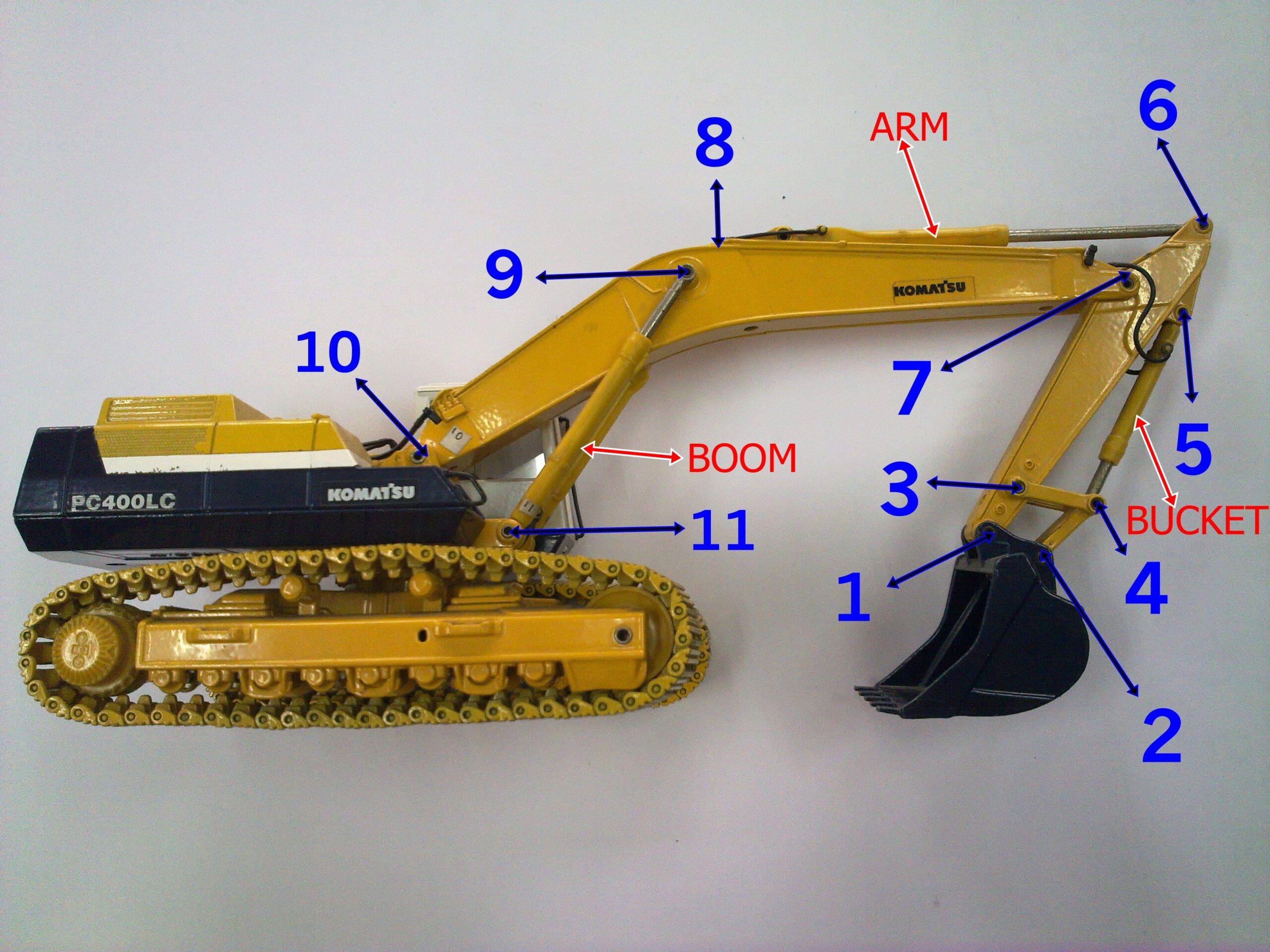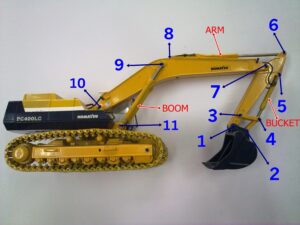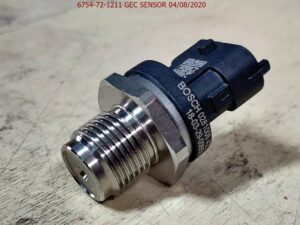Introduction
In the world of construction and excavation, excavators play a pivotal role in turning ambitious visions into tangible structures. But what exactly is an excavator, and how does it contribute to various projects? In this comprehensive guide, we’ll delve into the intricacies of excavators, exploring their components, types, applications, and more.
Components of an Excavator
At its core, an excavator consists of several key components working in harmony. The boom, arm, bucket, and hydraulic system are integral parts that define the excavator’s functionality. The boom extends the machine’s reach, the arm maneuvers the bucket, and the hydraulic system powers these movements, providing precision and control.
Types of Excavators
Excavators come in different shapes and sizes, each designed for specific tasks. Crawler excavators, with their robust tracks, excel in navigating challenging terrains, while wheeled excavators offer increased mobility. Mini excavators, compact in size, find utility in tight spaces and urban environments.
Excavator Sizes and Capacities
The size of an excavator is not one-size-fits-all. Excavators range from small, nimble machines to large, heavy-duty models. The choice of size depends on project requirements, from small-scale landscaping to large-scale construction projects demanding greater capacities.
Excavator Uses and Applications
The versatility of excavators makes them indispensable across various industries. In construction, they efficiently dig trenches and foundations. In mining, excavators handle heavy-duty materials. Forestry and landscaping benefit from their precision in shaping terrain. The applications are vast and varied.
Advantages of Using Excavators
Excavators offer numerous advantages, making them preferred equipment on job sites. Their efficiency, precision, and adaptability contribute to increased productivity. Whether digging, lifting, or demolishing, excavators provide a level of control that manual methods cannot match.
Safety Considerations
Operating an excavator requires skill and adherence to safety protocols. Proper training for operators and awareness for those working around excavators are paramount. Understanding the machine’s limitations and implementing safety measures minimize the risk of accidents.
Maintenance and Care
To ensure excavators perform at their best, regular maintenance is essential. From checking hydraulic systems to inspecting tracks, a well-maintained excavator is more reliable and has a longer lifespan. Timely addressing of issues prevents costly repairs down the line.
Future Trends in Excavation Technology
As technology advances, so does the excavation industry. Automation, telematics, and sophisticated control systems are shaping the future of excavators. These innovations promise increased efficiency, reduced environmental impact, and enhanced safety.
FAQs about Excavators
Q: What size excavator do I need for my project?
A: The size depends on the scale of your project. Smaller excavators are suitable for residential landscaping, while larger ones are ideal for major construction tasks.
Q: How do I operate an excavator safely?
A: Proper training is crucial. Operators should be familiar with machine controls, safety guidelines, and emergency procedures.
Conclusion
In conclusion, excavators are the workhorses of construction and excavation projects. Understanding their components, types, and applications is essential for anyone involved in these industries. Whether you’re a seasoned professional or someone exploring the world of excavation, this guide serves as a valuable resource for unraveling the mysteries of excavators.
Explore our website (www.heavypartshub.com) for more in-depth information on excavators and discover a range of high-quality spare parts to keep your equipment running smoothly.




